Space tourism is heading toward a watershed moment. To see a new type of space tourism, I joined Space Perspective for a private event at Kennedy Space Center – and we had the place all to ourselves.
If you are considering booking travel or signing up for a new credit card please click here. Both support LiveAndLetsFly.com.
If you haven’t followed us on Facebook or Instagram, add us today.
What Is Space Perspective?
I have mentioned Space Perspective before on this site. It’s a new kind of space tourism company that floats travelers to 100,000 feet to the edge of space in a pressurized capsule designed similarly to a water droplet under a space balloon. The journey takes six hours in total, two hours on ascension, two hours at apogee, and another two hours upon descent. The capsule gently glides at bicycle speeds (12 mph), launching from Florida’s space coast and splashing down in the Gulf of Mexico where it’s later recovered by a team and boats. Spaceship Neptune and its launch and receiving boats are carbon neutral.
Unique Features
Part of what distinguishes Space Perspective is its lack of rockets. There’s no volatile blast-off, no rockets of any kind. The capsule can be controlled remotely on the ground in case of pilot incapacitation and is equipped with emergency safety devices such as additional parachutes with asymmetrical redundancy.
The experience also lasts far longer than peers (Virgin Galactic offers six minutes, Bezos’ Blue Origin offers ten minutes) and it’s a far more luxurious experience too. Champagne, wine, and canapés can be enjoyed at ease. There’s even a lavatory onboard.
The price is far more attainable, though not “affordable.” Seat reservations are sold at $125,000 each, with a $1,000 deposit refundable up until a year prior to departure. My departure is slated for 2029. Full capsules (the ultimate private event) sell for a million dollars for all eight seats but move guests up in line considerably.
Price isn’t the only barrier to entry that’s been lowered. While not yet handicap accessible, anyone else who can board a plane, can is eligible for Space Perspective
State of The Business
From a Hyatt Place a few miles from the spaceport, I boarded a bus at an eye-watering 7:30 in the morning. I was first on the bus, sitting alone while I awaited my peers, giddily. I opted not to wear a NASA shirt, though I considered it because it felt like wearing any shirt of the band to the concert. I wouldn’t have been alone.
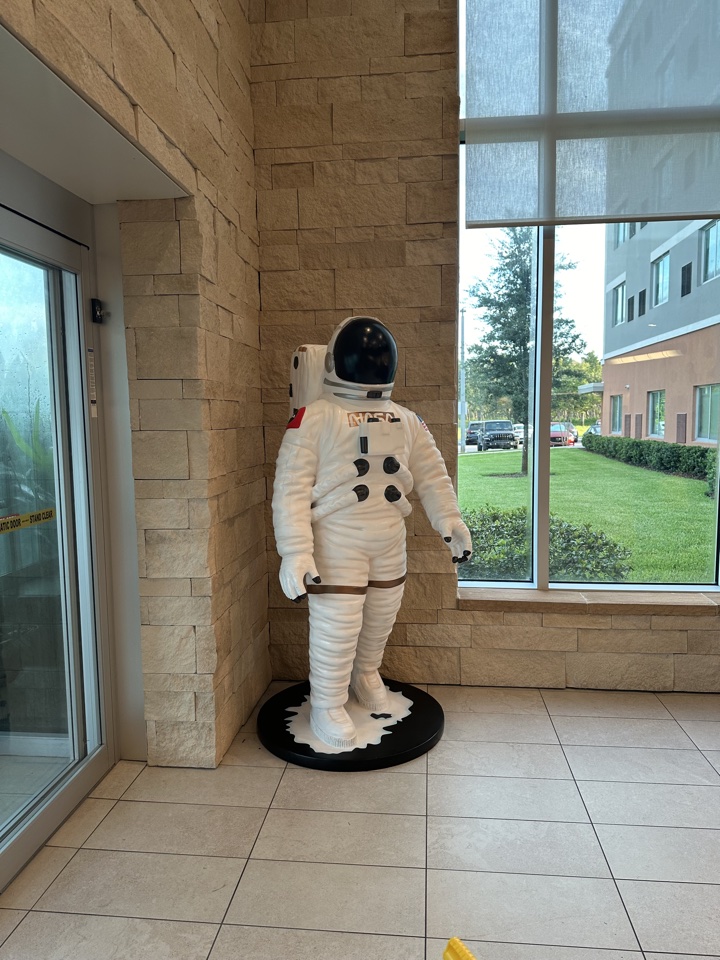
Most on the bus were in their 50s and 60s but a few were in my age range (30s to very early 40s.) A variety of accents were heard from French to the Dominican Republic. Later I met Explorers from Australia, Japan, Mexico, Canada, and from points all over the world.
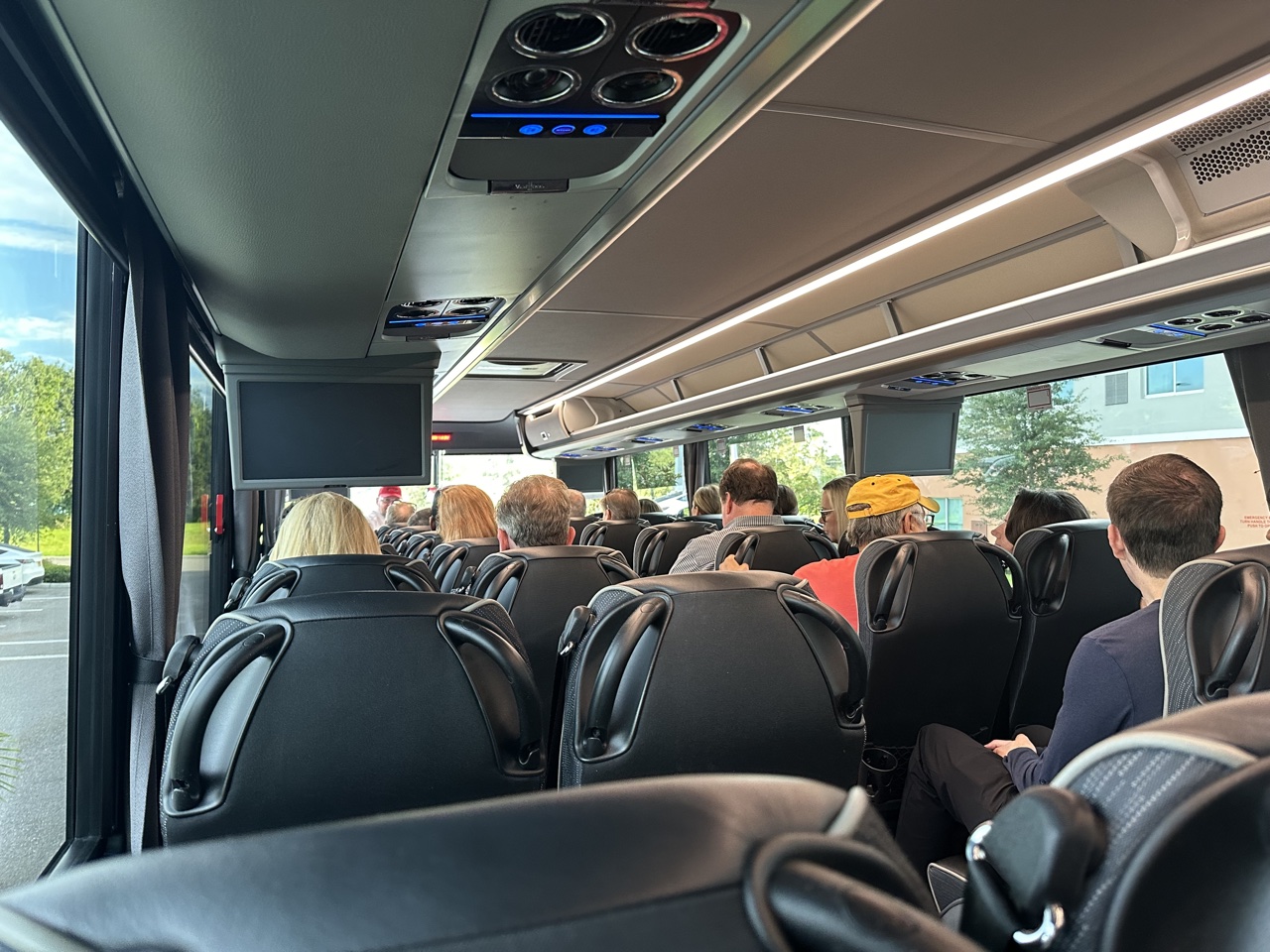
We passed facilities from Lockheed Martin and Boeing before driving over the causeway and taking in the beautiful cape, and launch pads visible in the distance.
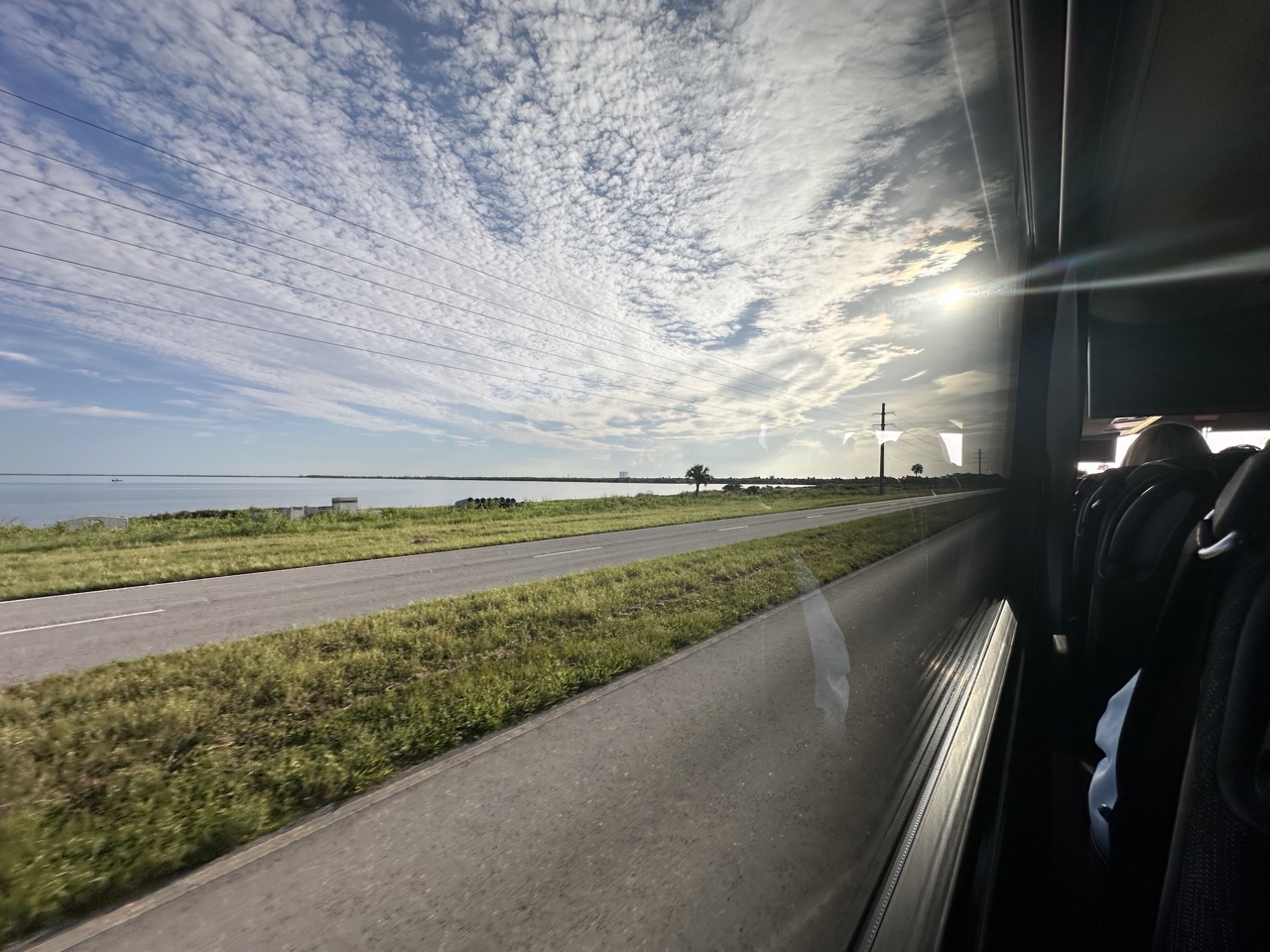
Our buses (now joined by another) bypassed the line for tourists headed to the museum. Conversations from other “explorers” around me discussed who they might like to take the experience with (strangers, solitude, or friends and colleagues to share it with.)
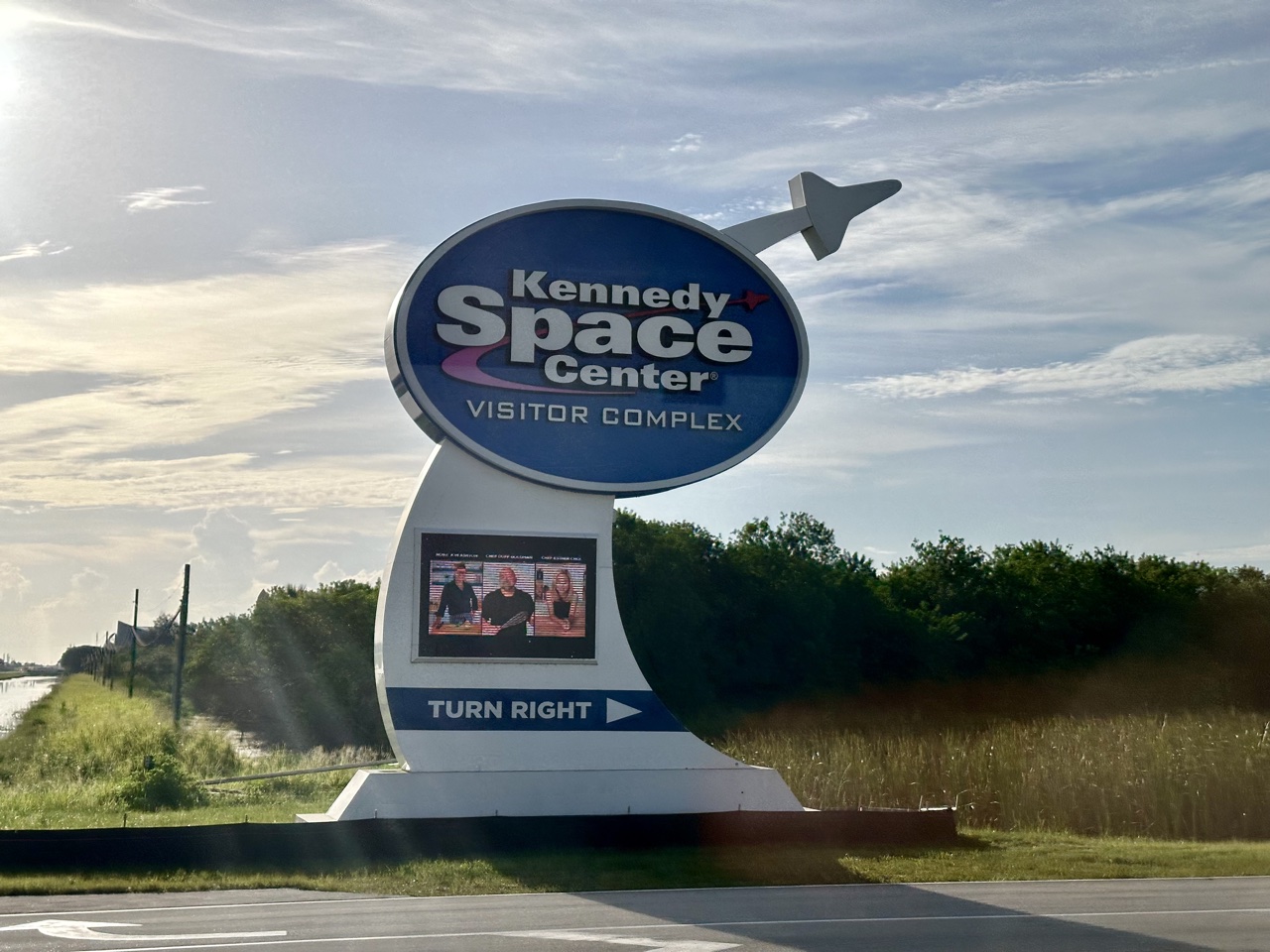
No press was offered access to this event. It was only for ticket holders and I happened to be one. As a luxury travel agency owner, travel writer, and ticket holder, I occupy a rare nexus whereby I had access to the event and a platform to share the experience.
As you might have suspected, images documenting the trip were very limited due to the sensitive nature of the equipment and technology. In fact, for long stretches, my phone was placed in a unique sealed bag that rendered it useless.
Each future astronaut, just a select few of the 1,600 ticket holders who were able to secure a spot and make the journey, were screened, identified, and badged.
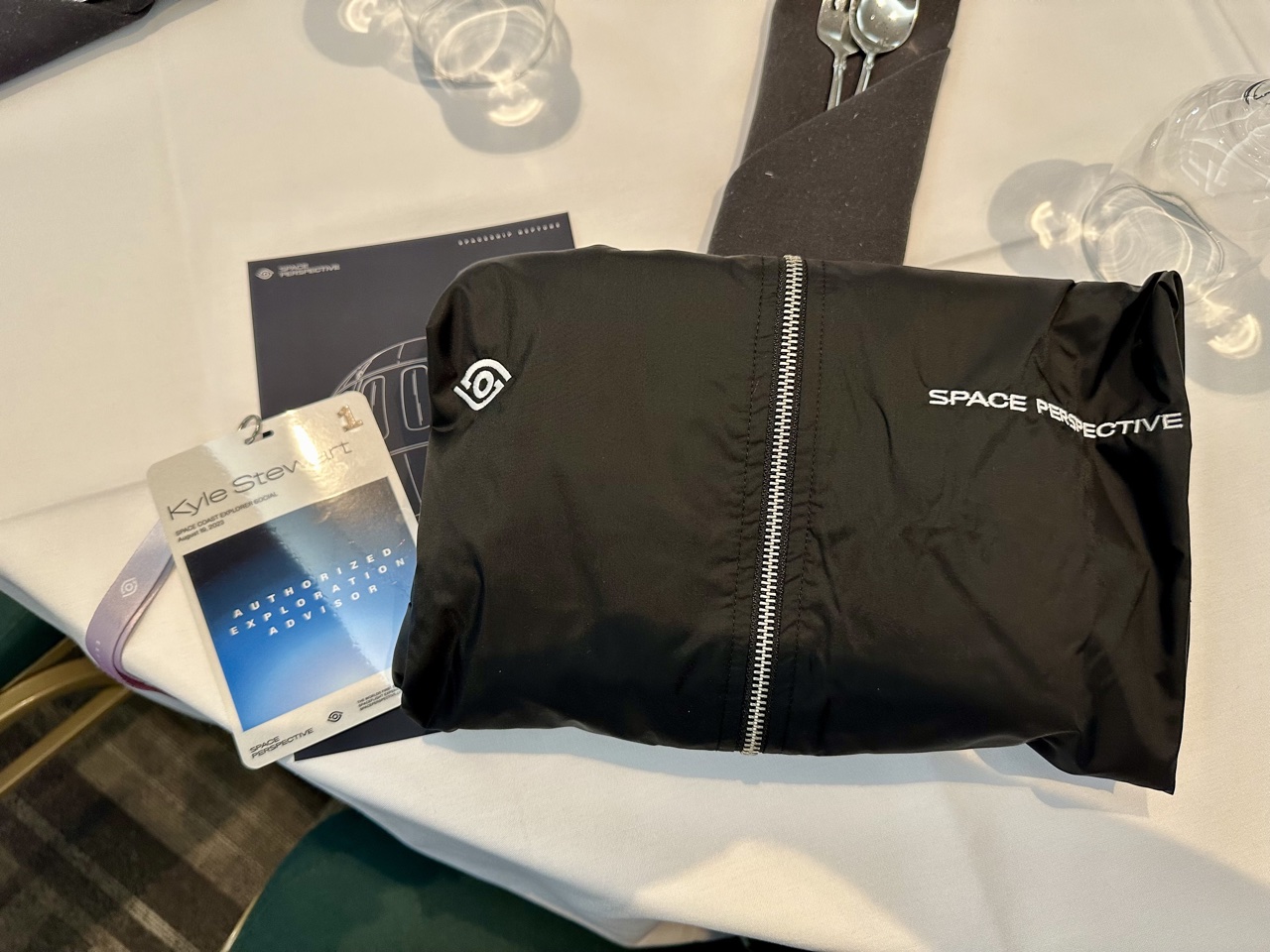
Upon entry, we were welcomed with a breakfast ahead of opening speeches by Space Perspective co-CEO, Jane Poynter and co-CEO McCallum Tabor.

During those remarks, safety was a major topic. Among those comments were reflections on OceanGate and the message was clear, “you have to follow the rules” with regard to safety, construction, engineering, and implementation. We invite, and want regulation.”
Some announcements were made:
- Space Perspective has now sold more tickets than any other space tourism company
- It has brand partnerships coming soon
- And views of the Space Spa (onboard lavatory)
A Tour of the Facilities
The event was held at Kennedy Space Center and while the evening’s activities were private, during the day, tours were ongoing.
This was my first experience on-site at Kennedy Space Center (KSC) and it was full of impressive examples that demonstrate the scale and complexity of modern rockets.
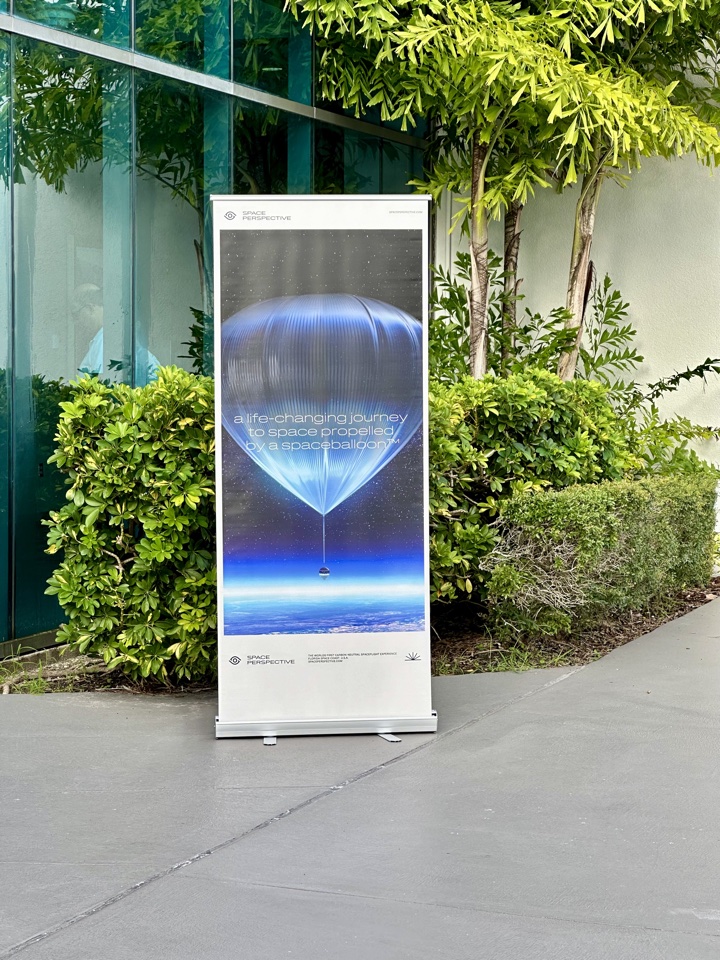
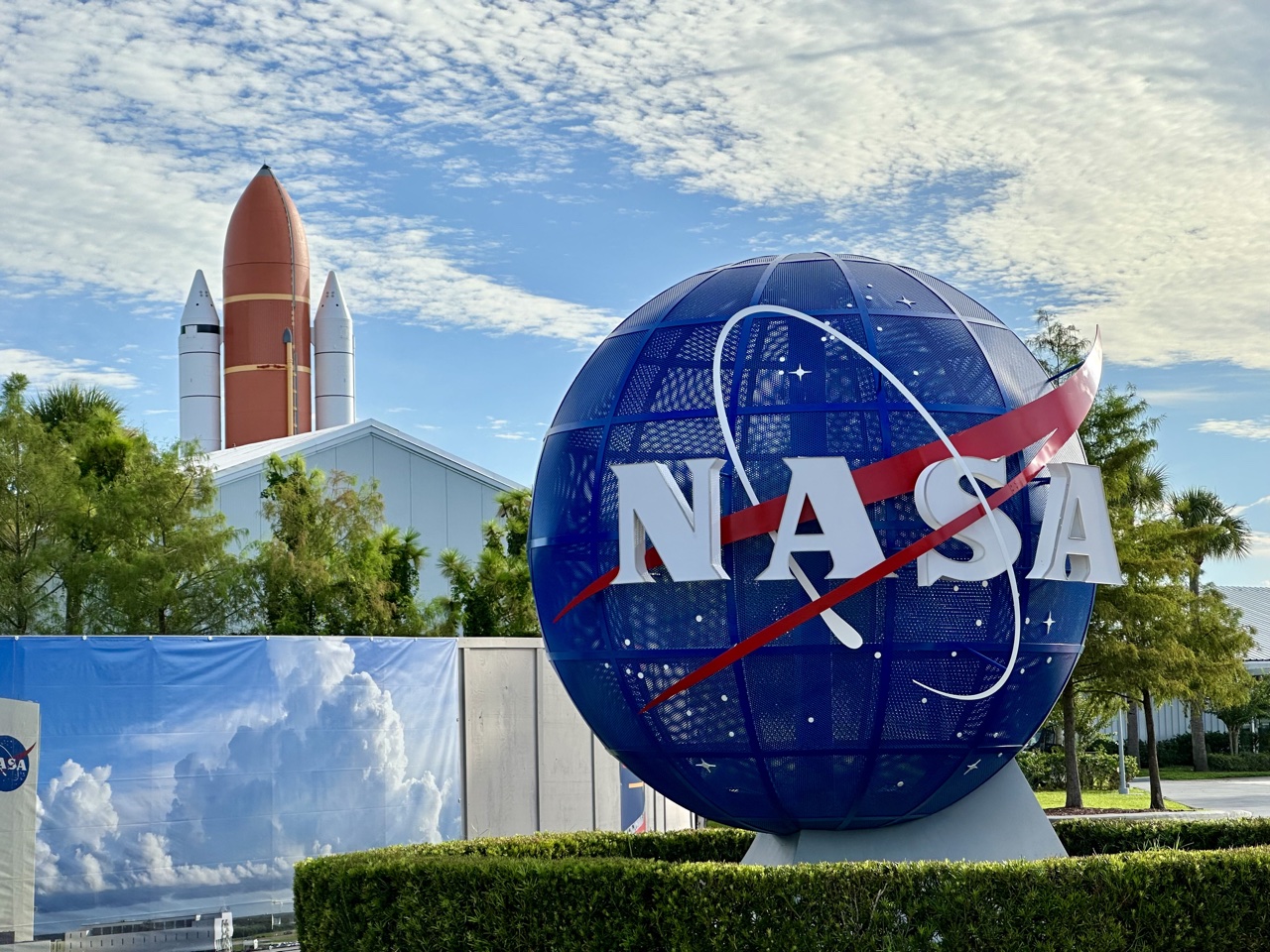
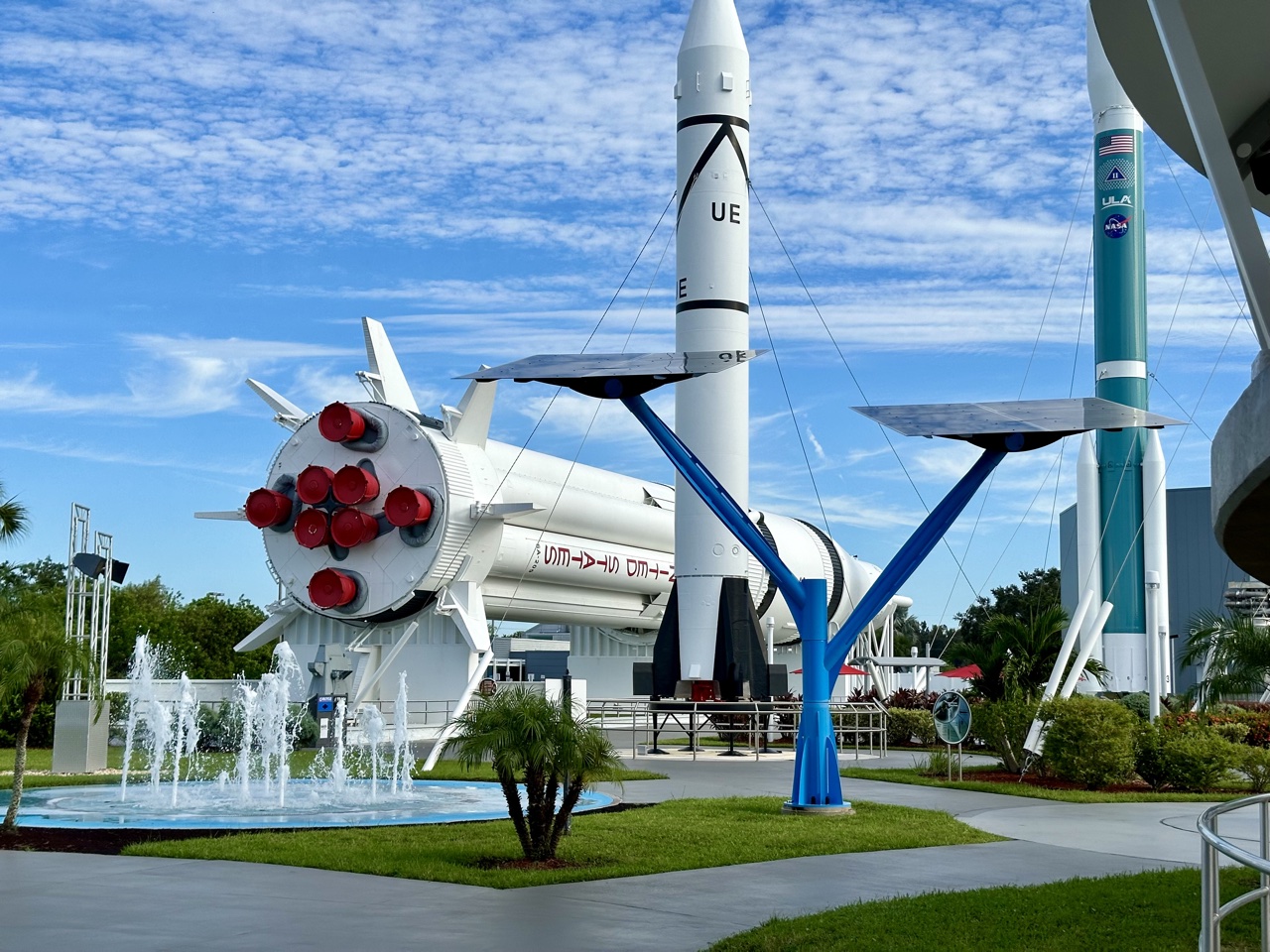
Space Perspective’s Hangar Nearby
Filled with proprietary technology and information, the company’s balloon assembly and capsule assembly facilities occupy buildings at a nearby airfield.
Capsule
Phones were locked away for this portion of the tour and I don’t have full sections to share. An engineer was available to demonstrate a glass panel, some of the largest that will rise to that altitude with passengers, and co-CEO Taber MacCallum was there to answer questions.
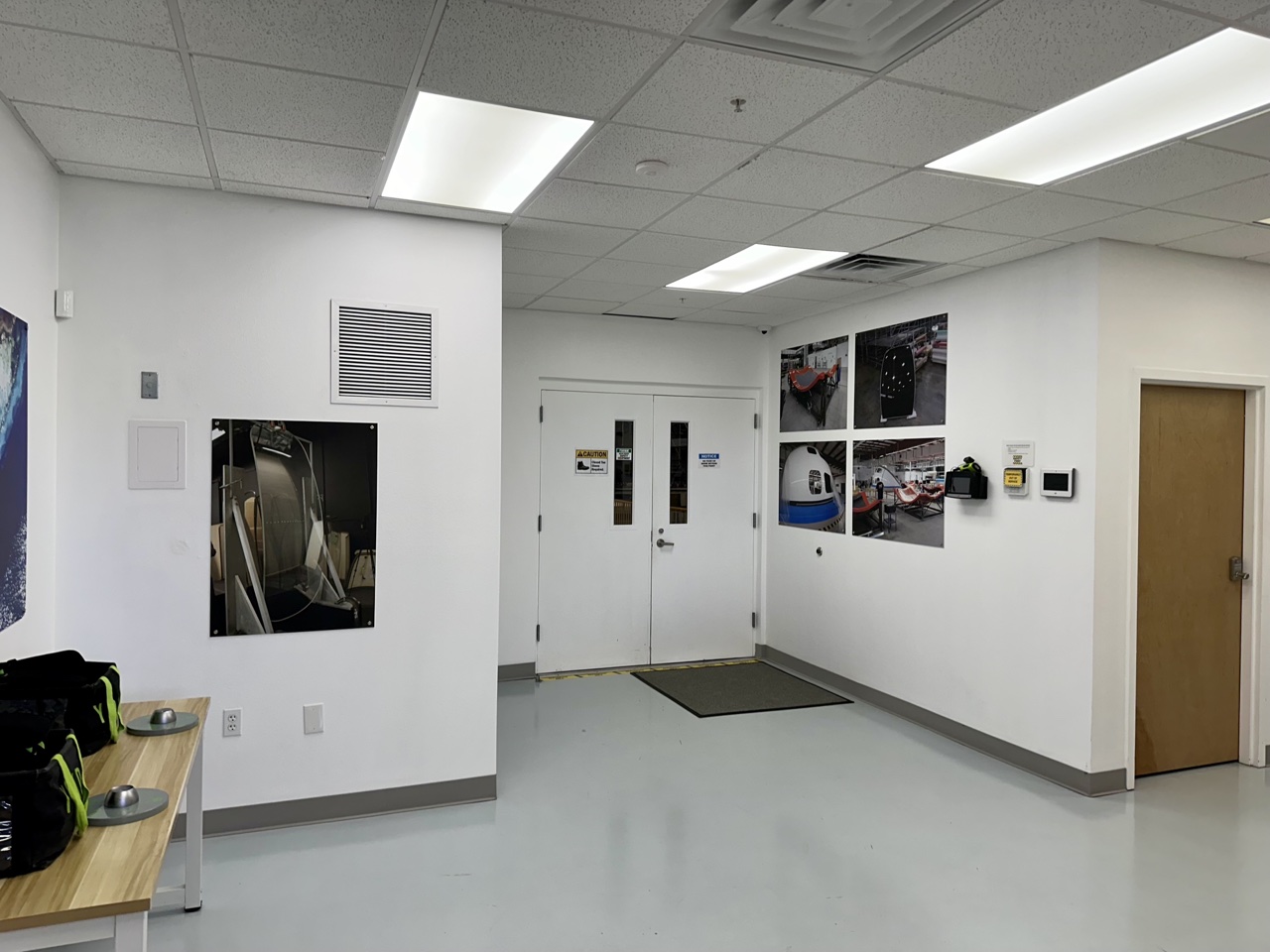

A completed portion of the capsule was shown while half of the capsule under construction remained veiled. The session lasted about 30 minutes with a number of questions coming from Explorers.
Ideally, it would have been great to enter the capsule, walk around it, and take photos to get a true sense of the space and the experience. Unfortunately, it was unavailable and the manufacturing facility is about an hour away from KSC, so even if we could tour a capsule, it would have been a struggle to view the facility and remain on schedule for the rest of the day.
The FAA defines space as just above 98,000 feet (though this is well below the weightlessness effect one will experience at or above the Kármán line at 330,000 feet.) This makes Space Perspective Explorers technically astronauts, though perhaps not in the same way most imagine.
Balloon
The balloon assembly facility was less sensitive and I was able to capture some amazing shots. The assembly table is more than 600 feet long inside the white-tarped building.
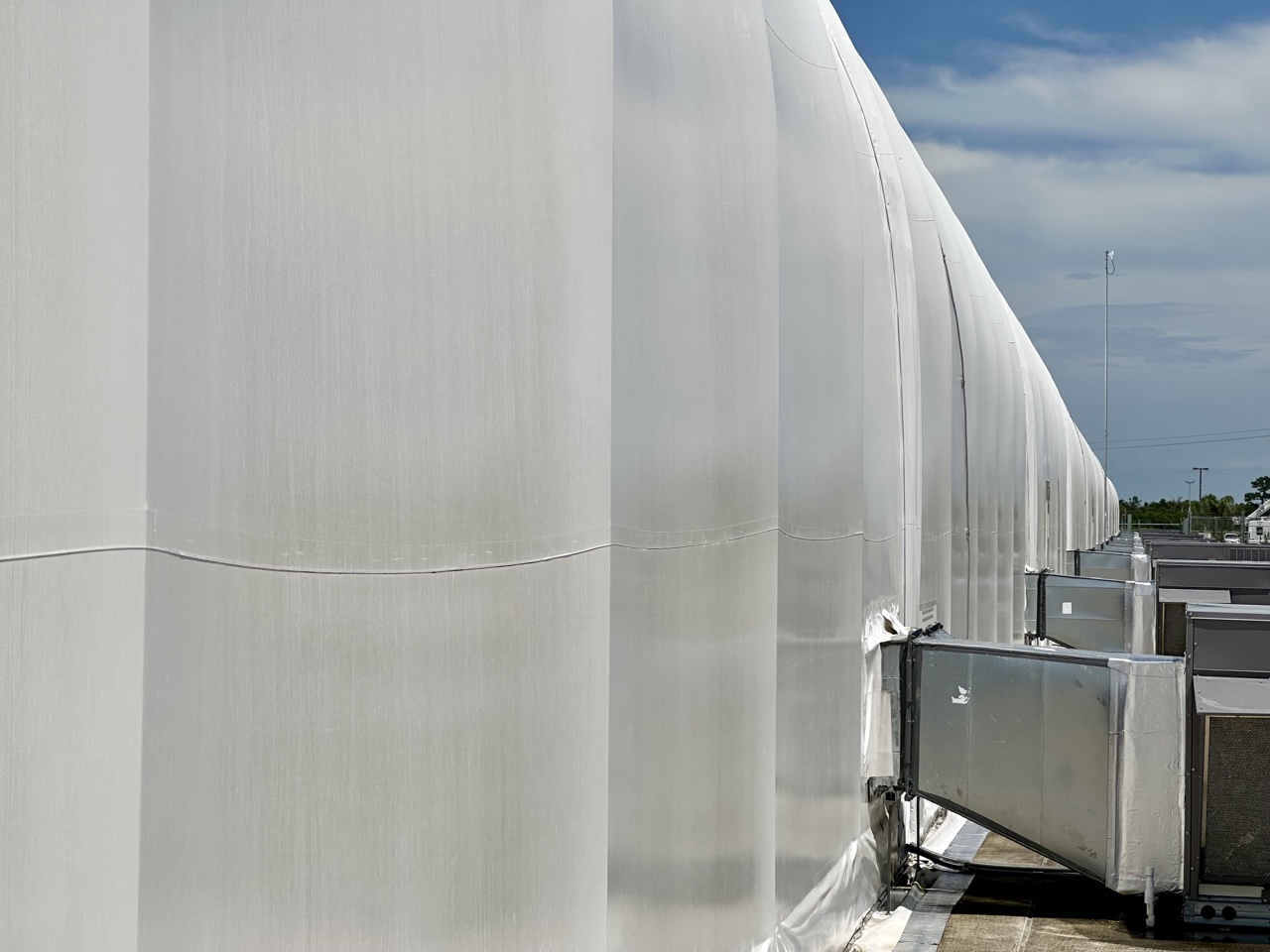
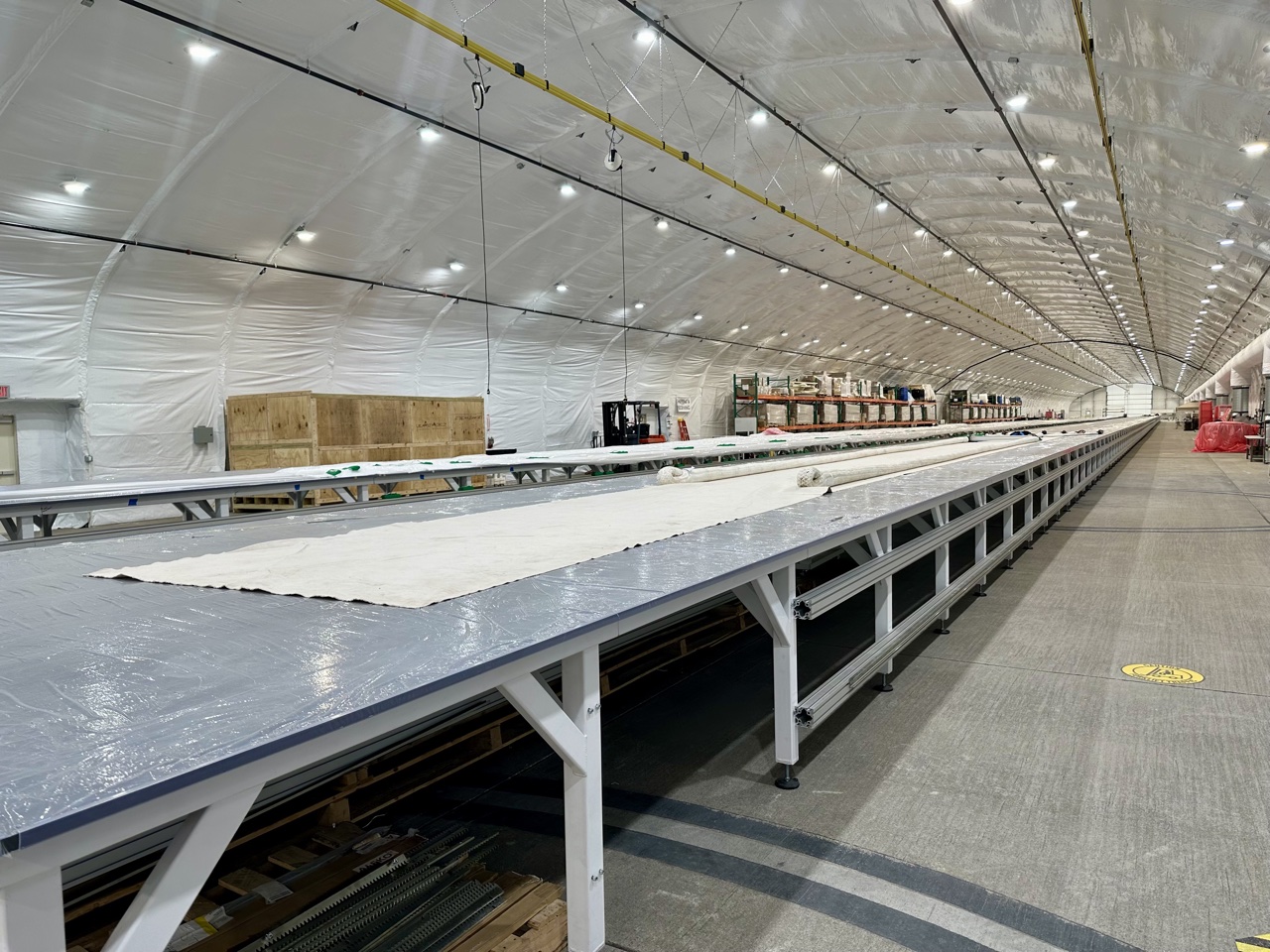
One question I asked was why Space Perspective stops at 100,000 feet, why not 110, 120, 150,000 feet? The answer was one of physics, economics, and the experience. Above 100,000 feet, the balloon has to double in size for every additional 10,000 feet. End-to-end, the Space Balloon already stands taller than Seattle’s Space Needle. Extending to just an additional 10,000 feet would require a ballon (and a building in which to construct it) the size of the Empire State Building, 120,000 feet would need a horizontal building longer than the tallest skyscraper in the United States, One World Trade Center.
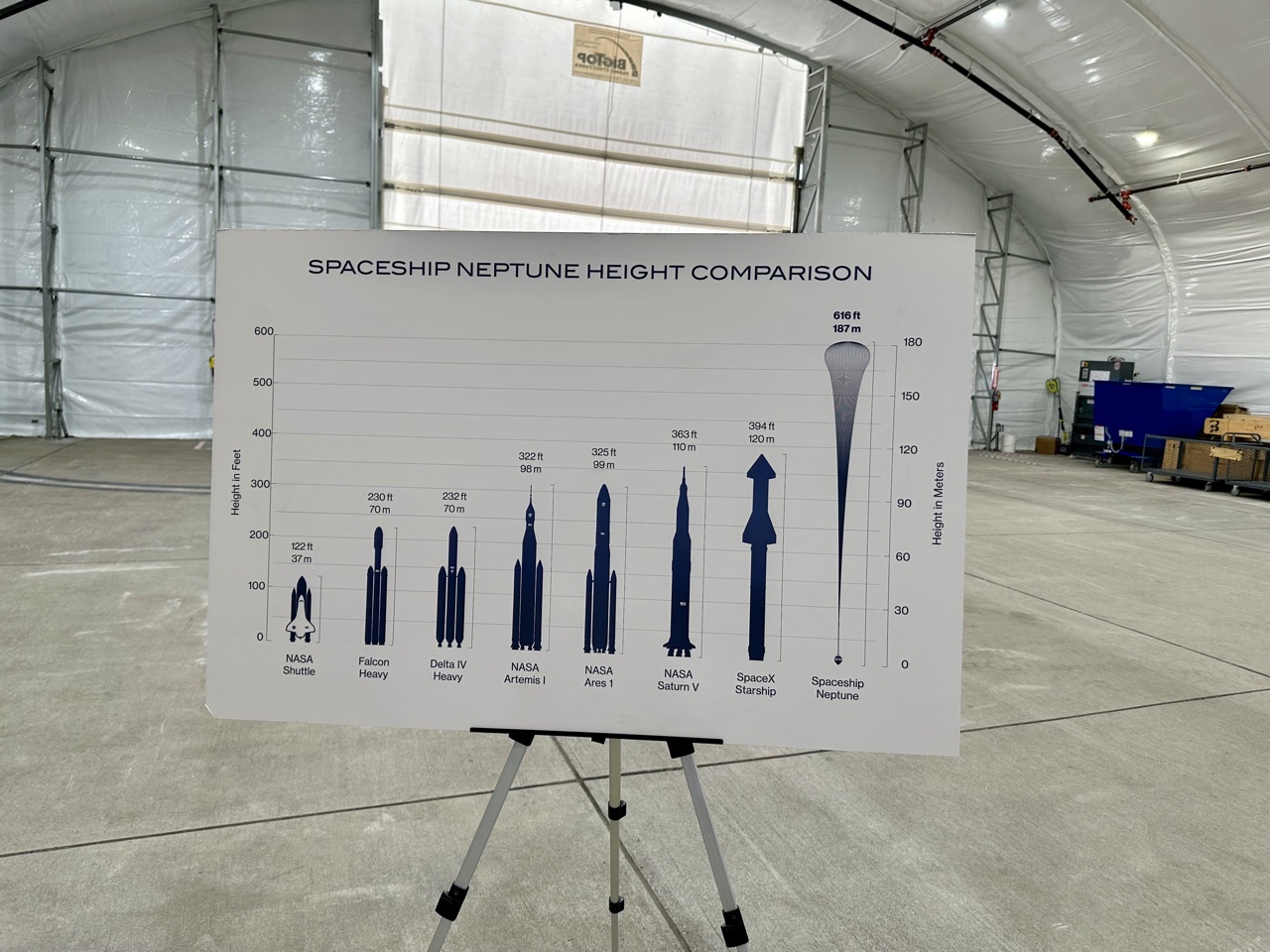
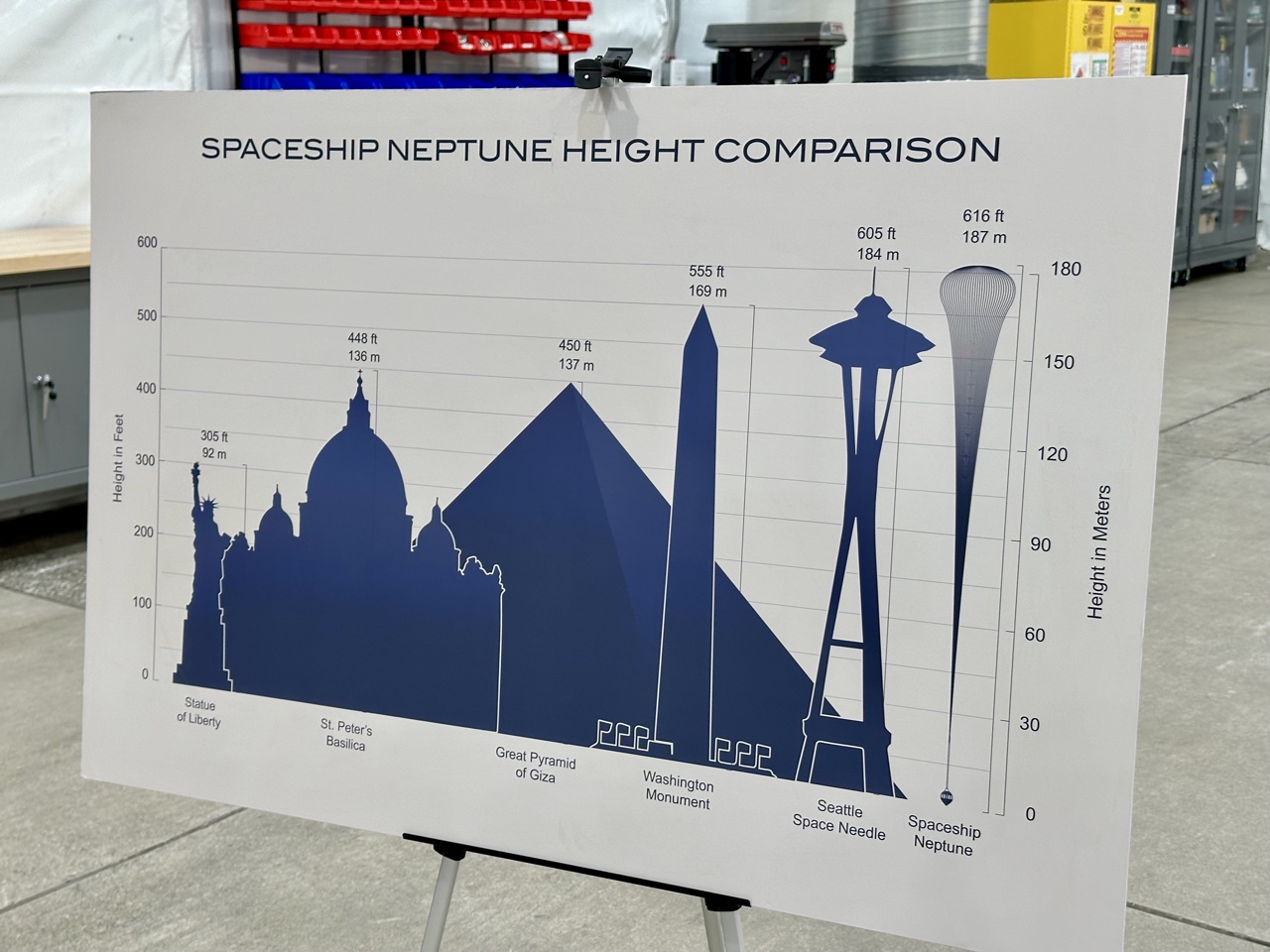
The cost, time, and logistics wouldn’t make the juice worth the squeeze for the marginal benefit of a view from 110,000 vs 100,000 feet for example.
They assemble more than 100 pieces together to seal the balloon which will start nearly flat when first vertically extended but will expand horizontally once at apogee and the balloon climbs.
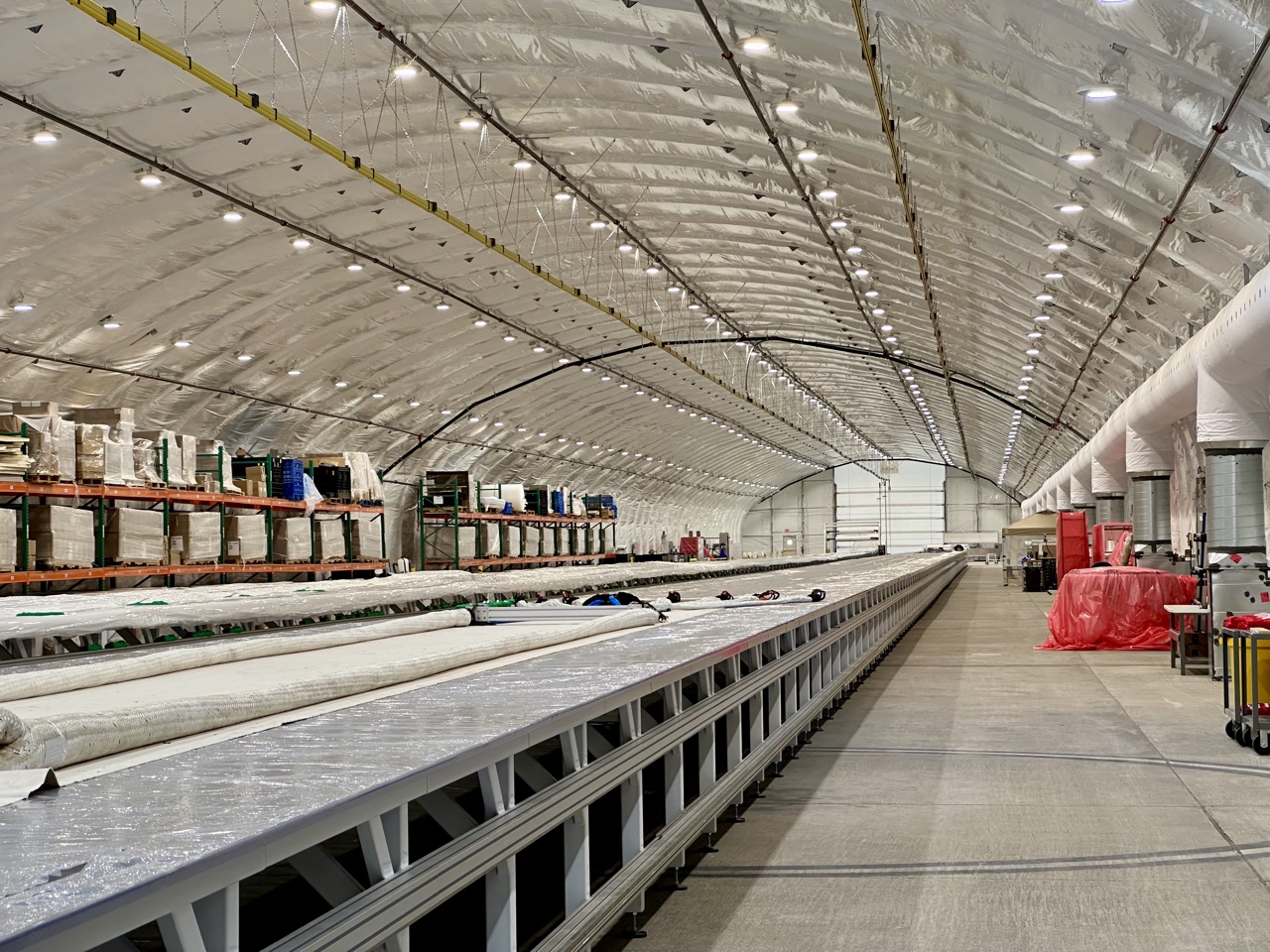
Mission Control
The mission control center was less formal than one might think. The launch and recovery are both performed at sea so unlike a traditional launch with big panel windows that overlook a launch site at nearby KSC, this is a small room with a view on the runway and across from its balloon manufacturing facilities.
Still, systems are in place with about a dozen stations for flight control, safety, and everything else needed to control and manage the journey.
Unfortunately, photos were not allowed in this room so I can’t share images.
Kennedy Space Center For The Evening
I was unable to join my fellow Explorers for the evening events. Space Perspective rented KSC out for the evening and had drinks and dinner under a space shuttle.

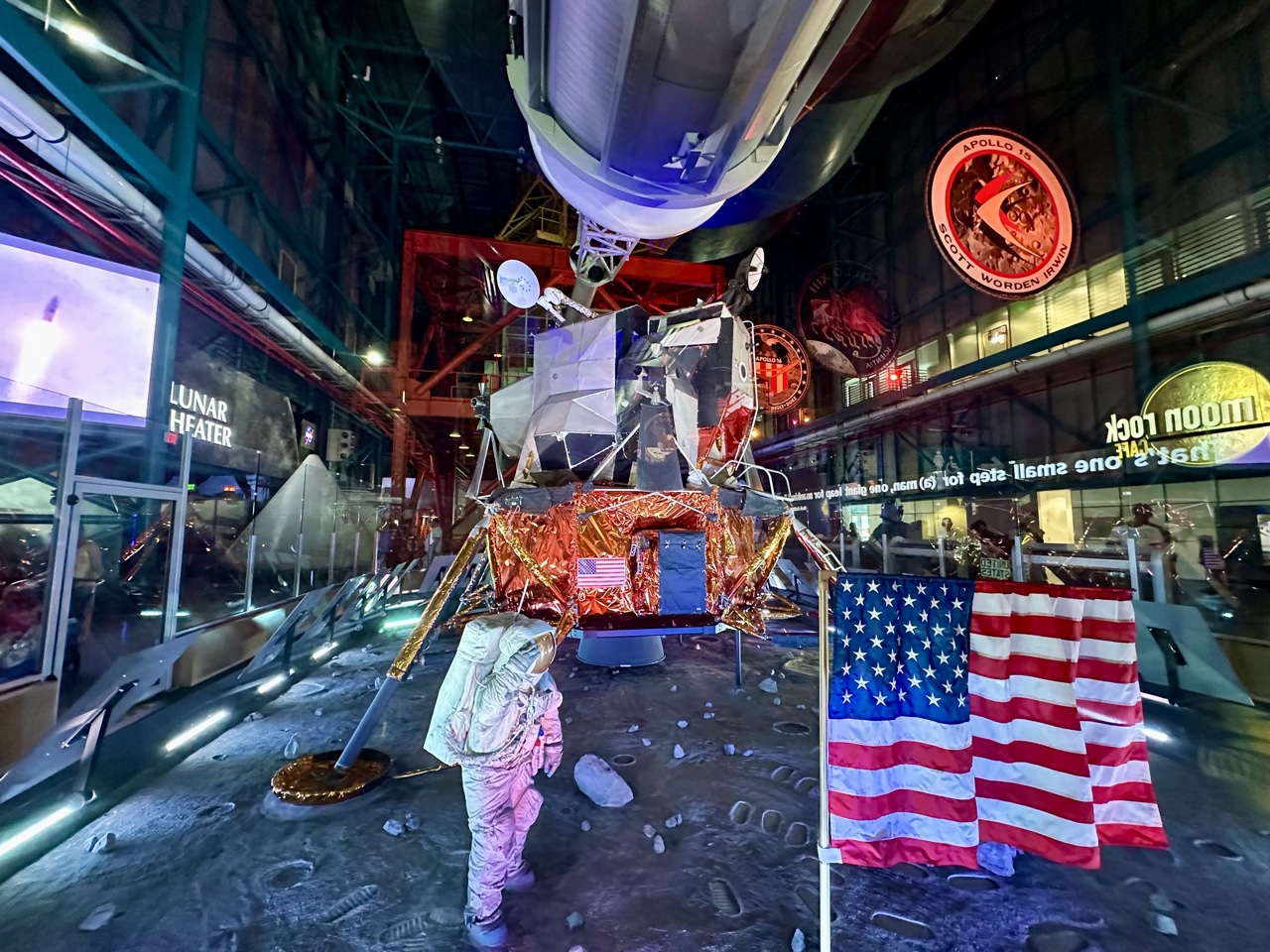
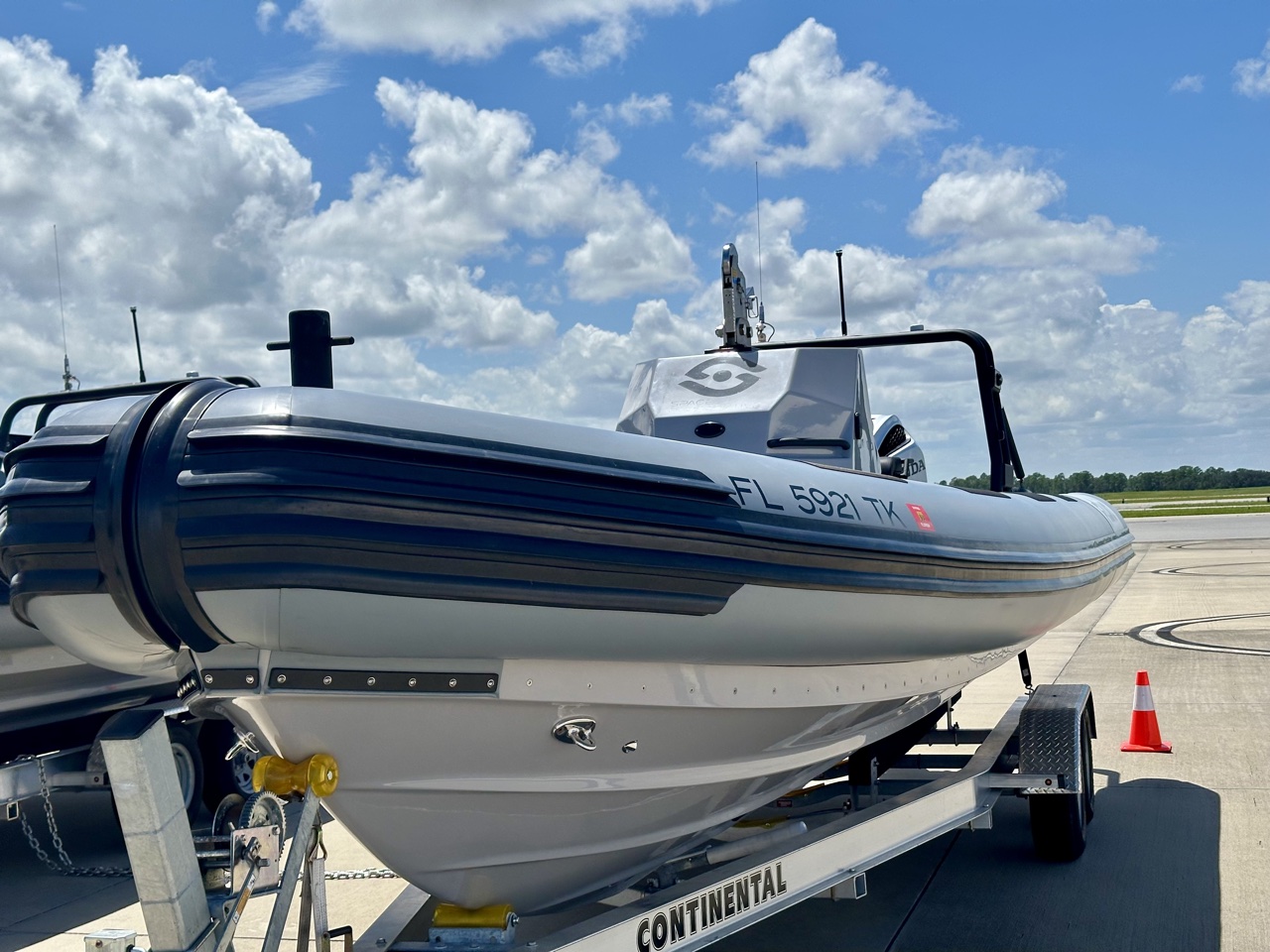
What Explorers Had To Say
I spoke with many fellow explorers and some industry colleagues at the event about their path to Space Perspective
David from Southeast Florida has a ticket for flight #14, but his wife Wendy (present as a guest) was happy to be a “supporter” but had no desire to join him. I asked him for his reason for buying a ticket, “I want to take trails not many other people had trodden.” I asked him if there was anything specific he wanted to see, he said “The curvature of the earth.” Despite being a pilot for decades he has never witnessed it and seems to help him complete his aeronautical forays
A travel agent I spoke with, Dawn, likened it to other once-in-a-lifetime experiences like Antarctica.
In fact, many of the Explorers appeared to take the name rather seriously, in terms of seeking out experiences that were not only rare and expensive but rugged and difficult.
Others lived on the bleeding edge of technology, working in technology, software, and mining crypto. This was the younger sect of the crowd. On the older end of the spectrum, Explorers have always had a fascination with space, but not the budget or the physique to meet rigorous requirements.
Conclusion
It was great to go behind the scenes of Space Perspective and see the nuts and bolts of the operation. Both co-CEOs made themselves available for questions from anyone along with the engineers, technicians – even the ship’s captain. It was incredible to get behind the scenes and see this pioneering technology up close and in such an amazing setting. The organization is clear that they stand on the shoulders of giants, and I am excited to see how high they can take us.
What do you think?

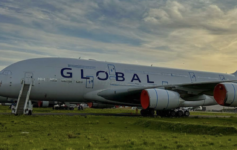

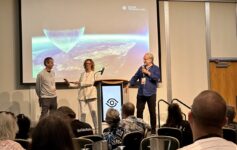
Kyle, you seem like a smart guy, with all due respect if this isn’t satire it’s fascinating to read that you fell for it. “Astronaut” sounds cool but is completely inaccurate, passenger is correct, even they call it “pilot”, not astronaut. “Select few of the 1,600 ticket holders”, fixed it for you “select few of the 1,600 suckers”, there’s (at least) one born every minute. (From their website:) “Human spaceflight is in our DNA”, it’s not like their last names are Carpenter or Glenn or Lovell or Armstrong, excellent spin doctoring, should read “grifting in in our DNA.” Most likely they’ll never get off the ground (or the water) or within the first few flights there will be a rapid cabin depressurization with 9 immediate fatalities. Looks to be every bit as risky as the (Titanic submersible) Titan, except it will EXplode instead of IMplode. Hope your life insurance premium is paid up. Flash forward to 2028 and you just paid them the $124,000 balance, good luck with a refund when they go bust (no pun intended), it’s doubtful credit card (or any other) travel insurance would cover it and most travel insurance maxs out at $5K or $10K.
So this is a high altitude dirigible? Floating along at 12 mph whilst folks enjoy wine and canapes? I am getting a modern day Hindenburg vibe here.
I am sure, in time, such space tourism will be safe and enjoyable. But not yet. Any you got a fantastic visit to the KSC.
Interesting.
Out of curiosity, are you slated to pay the public rate, or are you receiving a discounted/comped reservation?
@Wondering – Retail rate, no discounts, no comps. Though I would fully accept (and disclose) a comp if offered.
The Karman line has nothing to do with weightlessness. It really has little to do with altitude at all, and mostly due to the orbital velocity. If you’re to be stationary at the altitude of ISS, you still experience 88% of the gravity you’d on the ground. It’s the centrifugal force from orbiting that cancels out gravity.
The pressure difference here is much less than in Titan, so they should be able to make it safe. I think the bigger concern is flight path, since these balloons have no way to control where they go at all. What happen if the wind takes you to land on the ground?